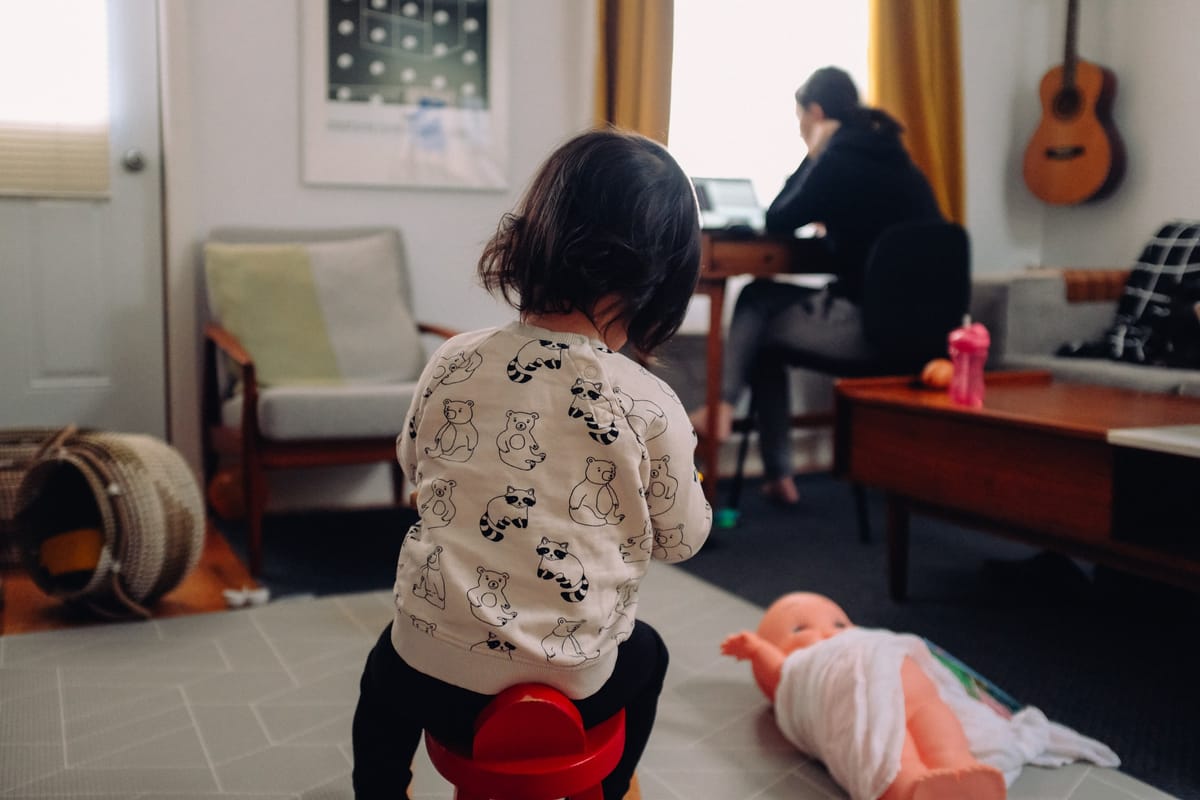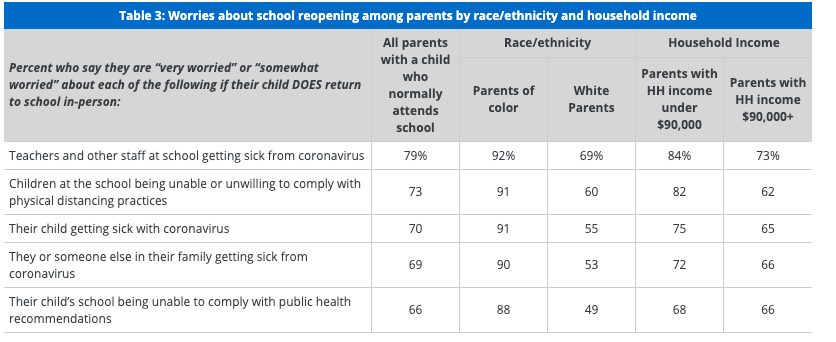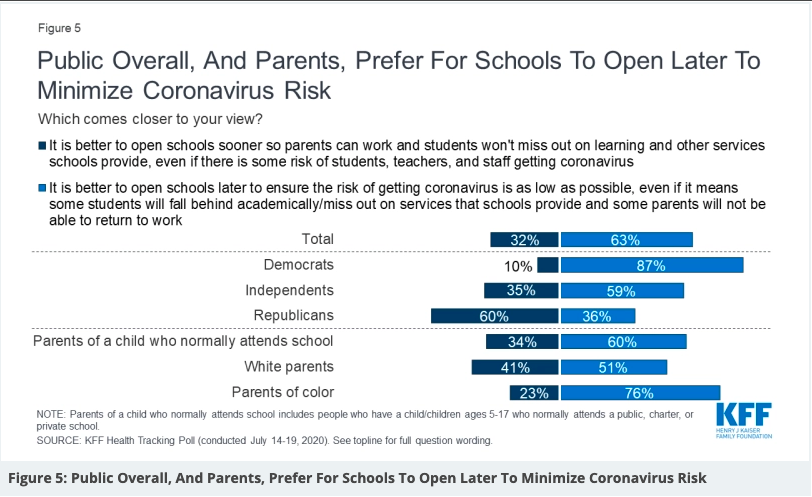Stop Obsessing About Reopening Schools, And Focus On Teaching Our Kids – OPINION


I have lost count how many hours this summer I have devoted to zoom calls and group chat conversations with fellow parents about how each of my three kids’ schools is planning for reopening. It approaches full-time employment. The list of questions unanswered stretches down every block of our city.
nd driving the chaos is the fact that the Department of Education seems dead set on reopening every school, in person at any cost — even when those involved, parents and teachers, have different ideas.
The city is relying on preposterously inflated statistics to make its case. As I wrote last week, the claim that 75% of parents want their kids back in school has little connection to reality. And WNYC reported that data from a Keiser Family Foundation survey shows in communities and communities of color, who were also hardest hit by the virus, the great majority of parents are extremely concerned about kids returning to school, weary of the cost another wave of infections would inflict on their families. The city should listen to them.

In fact, the city would do well to listen to the very different needs of parents in wildly different circumstances across New York.
While the overall infection rate across the city is about 2%, infection rates across different neighborhoods vary quite a bit, based on NYC Department of Health data. For example, 10457 zip code in the Bronx recorded 5.15% infection rate in July (July 1-28) among those tested, which is above the 5% threshold that Governor Andrew Cuomo set for reopening schools. Many zip codes in the poorer areas are in high 3% and 4%. The city is setting up localized rapid testing in communities where few folks get tested, and the rate of infection is high, H+H informs – like Sunset Park, which has almost twice as many folks test positive in July (144 between July 1-28) as they had in June (81 between June 9-30). The infection rate went from 3.05% to 3.70%. In fact, infection rates were up in July from June in every other zip code in Brooklyn, and remain highest in communities hardest hit by the virus in the Spring.

The Department of Education’s focus on “blended” plans still means that most of the school for most of the kids for most of the time will be remote. But it ensures that most of the teachers’ and administrators’ time will be spent inventing complicated new schedules and managing compliance — instead of thinking about teaching and learning. It would be a better idea to focus on making remote learning the best it can be, knowing that we may need to switch to it at a moment’s notice, whether school by school or system wide as cases rise in the fall.
Instead, DOE keeps shutting down plans proposed by overcrowded schools that are requesting a fully remote option after many surveys of parents and teachers, after long and careful deliberations between parents, teachers and school administration that conclude that at this time with so many unknowns, and facing budget cuts, their best option is to continue with a much improved remote schooling and find other ways to socialize and take care of the kids outside of the school buildings.
If we focus on remote first learning for those kids that can and do not need babysitting at home – middle school and up – we can also focus on inviting back to physical school kids who most need it, as it is possible.
With all the research that elementary school kids do not transmit the virus as easily, and older kids out of school, let’s create environments for them where they can learn through play, and yes, I will join the voices advocating for much of that schooling to take place outdoors. Southern Brooklyn Councilmember Mark Treyger, who used to be a teacher, has a common-sense plan for reopening. It will be fall. Kids can collect leaves and talk about puddles or clouds or wind, or count the number of cars parked on a block and their colors. This may wind up a bit more like daycare — but that’s fine. In many European countries with far better educational results than ours, kids don’t start school until they are 7, so our precious 3k, pre-k, and kindergarten kids will be fine in a kindergarten/daycare setting.
And then the city can focus its in-person resources, its building, and its vast administrative staff, on the families who need in-person contact. That includes, particularly, kids with special needs who can’t learn well in traditional or online settings. They (and their parents) are the ones that have suffered most greatly from not having support.
Quality remote learning would also allow the city to focus, separately, on the important social services the school system provides: In particular, daycare so working parents, including teachers, can leave their young children. But the primary role for school should be to educate our children. It can be done, and it does not need to be insanely complicated.
There is a cost to uncertainty and making decisions last minute. By giving parents a clear understanding that schools will be remote, we can plan for it. Back in March Mayor Bill de Blasio said that if the schools close, they may remain closed till January. Maybe that should be the plan – and if there is no second wave, we can start returning kids to school sooner, one school at a time, as the schools can, in consultation with parents and teachers, and prioritizing those that most desperately need it.




